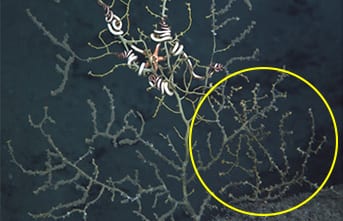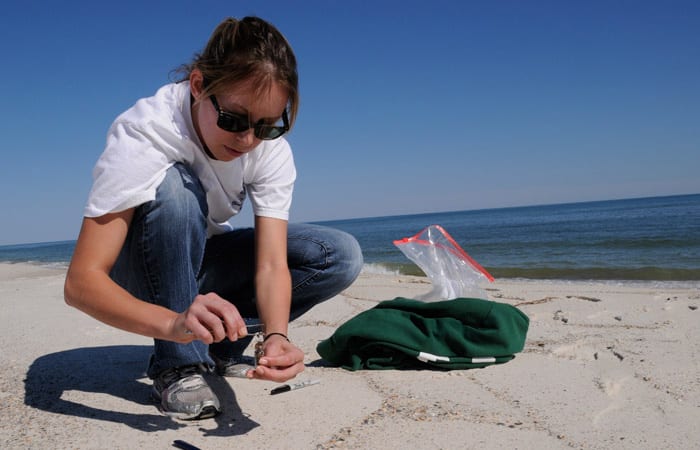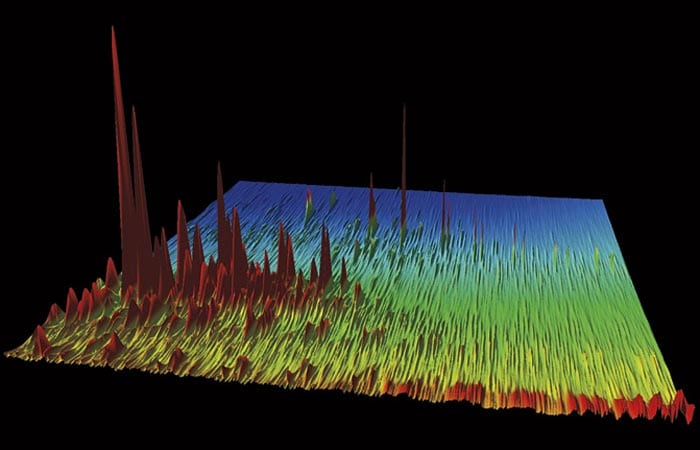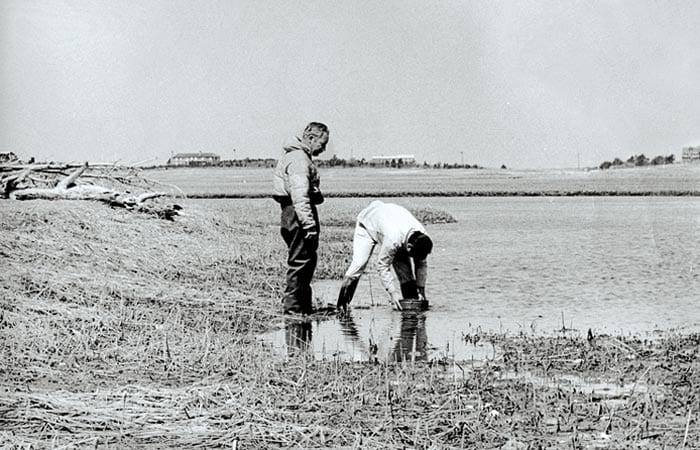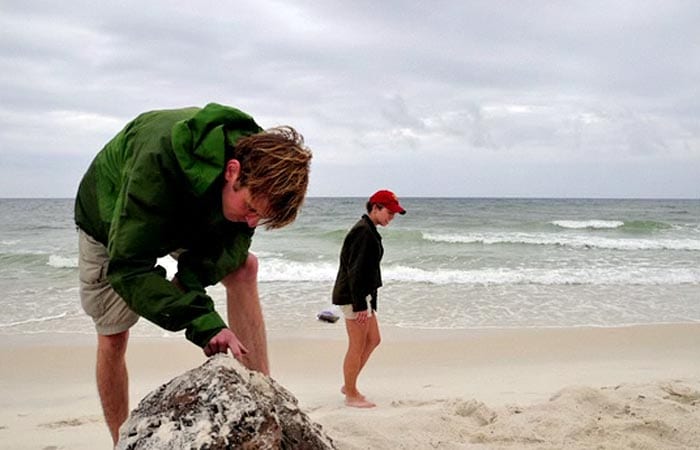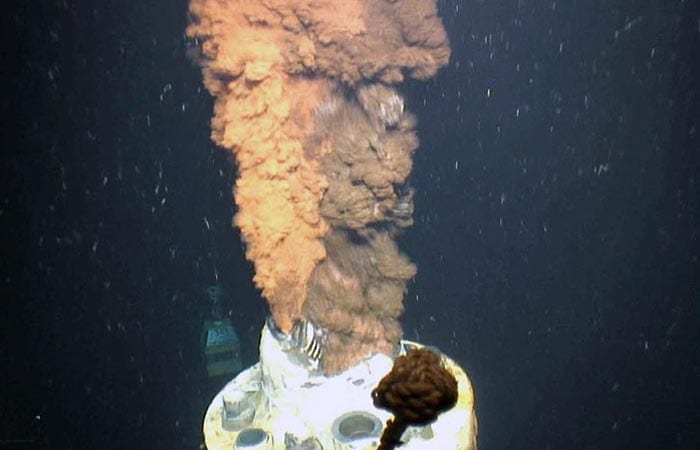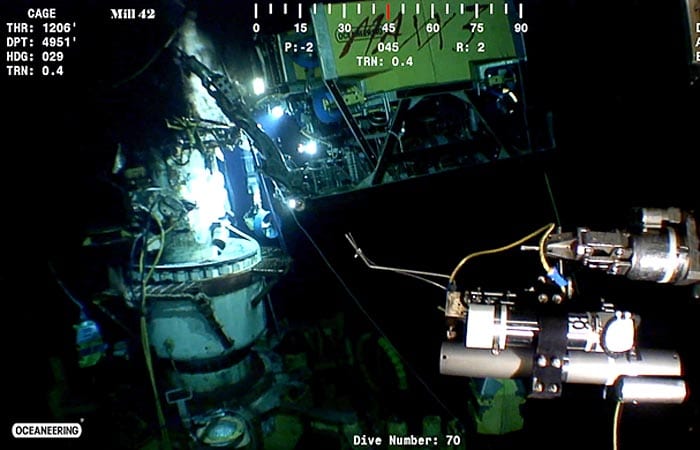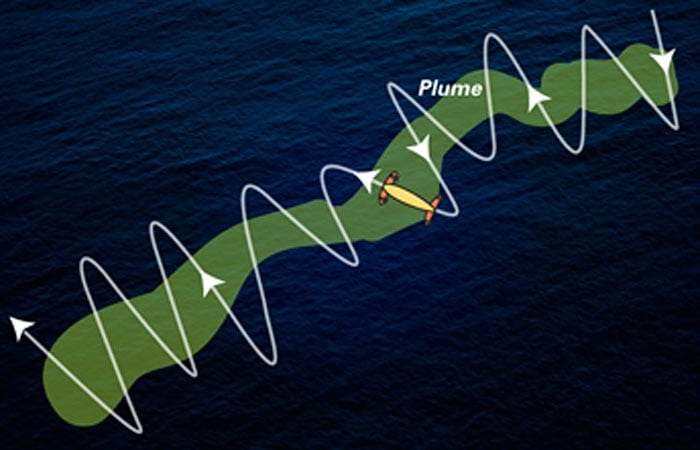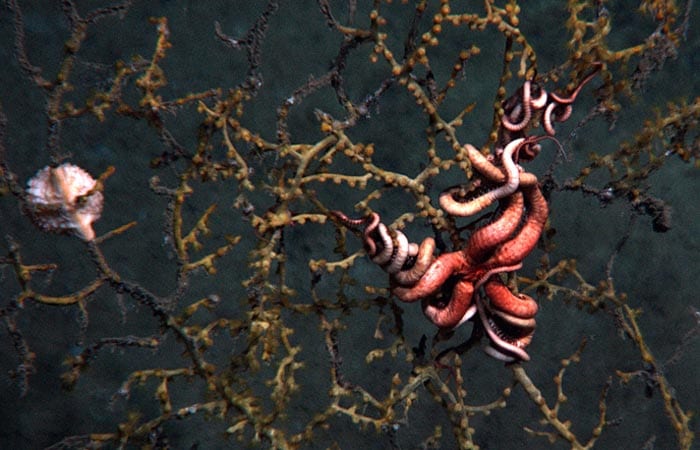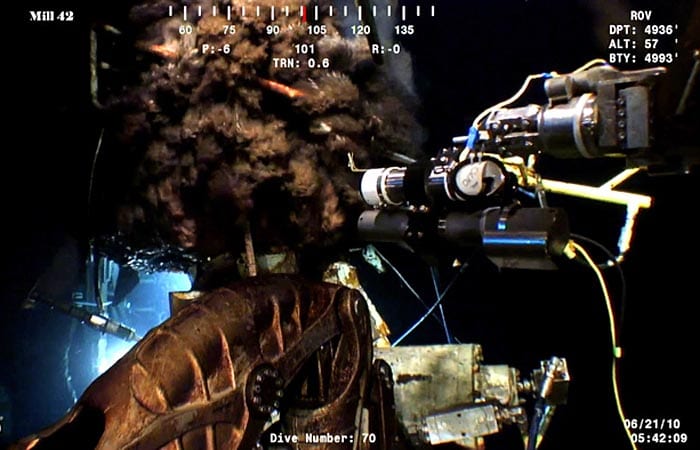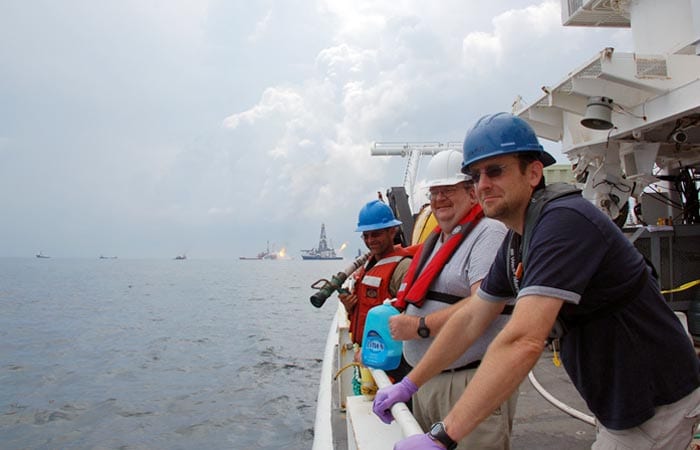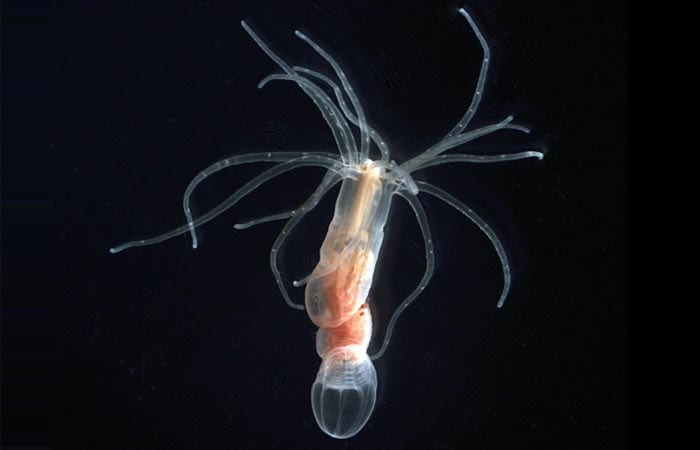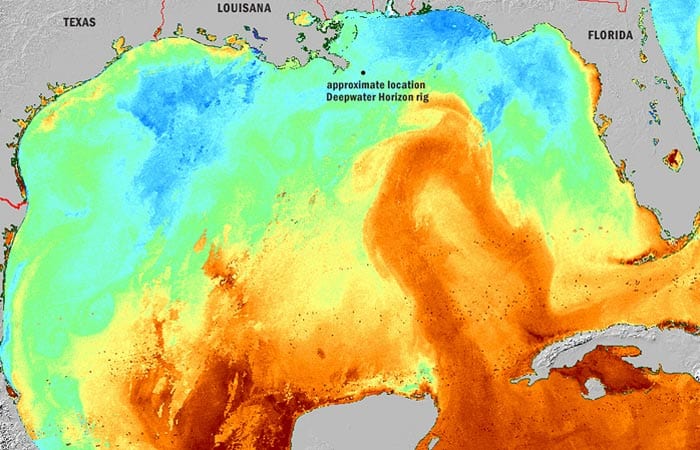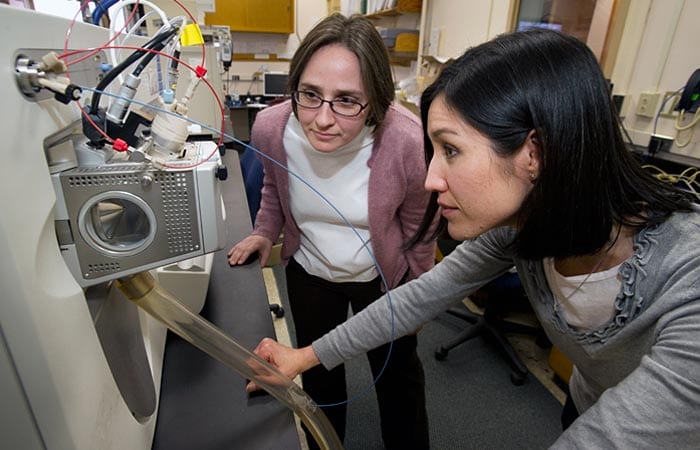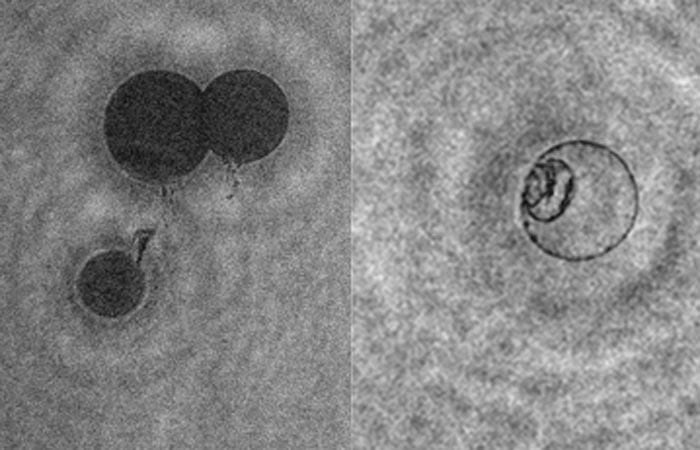Related Resources
Related Documents
Deepwater Horizon Oil Spill Position Statement and Summary of Qualifications
(pdf format)
Oceanographic Research and Deepwater Oil and Gas Operations
(pdf format)
Deepwater Horizon Experiences and Advice
White Paper from Bob Nelson
Marine Chemistry & Geochemistry, Woods Hole Oceanographic Institution
(MS Word format)
Deepwater Horizon Oil Spill Scientific Symposium Meeting Summary
Organized by the Consortium for Ocean Leadership
Louisana State University
June 23, 2010
(pdf format)
1979 Ixtoc-1 Oil Spill
Summary and assessment report of data collected during a research cruise to the site of a 1979 oil spill in the Gulf off the coast of Mexico
(pdf format)
From Oceanus Magazine
September 6, 2012
Do Oil and Corals Mix?
WHOI scientists explore impacts of Deepwater Horizon .
Source: Oceanus Magazine
January 19, 2012
Scientists Solve a Deepwater Horizon Mystery
What was that odd flotsam that appeared after the Gulf oil spill?
Source: Oceanus Magazine
October 12, 2011
Every Chromatogram Tells a Story
Technique detects the multitude of chemical compounds in oil.
Source: Oceanus Magazine
October 7, 2011
At Deepwater Horizon, Basic Research Was Applied
Source: Oceanus Magazine
September 14, 2011
Research Road Trip
Audio slideshow: A three-day, 500-mile quest for tarballs .
Source: Oceanus Magazine
September 5, 2011
Up From the Seafloor Came a Bubbling Brew
Scientists use a novel method to measure rate of Deepwater Horizon oil spewing into the Gulf .
Source: Oceanus Magazine
July 21, 2011
Four Men. Twelve Hours. One Crucial Sample.
WHOI researchers use technology that was invented to study hydrothermal vents to capture a one-of-a-kind sample of oil and gas erupting from the seafloor after the Deepwater Horizon blowout.
Source: Oceanus Magazine
July 18, 2011
A Plume of Chemicals from Deepwater Horizon
Did petroleum chemicals from the stricken Deepwater Horizon oil well remain in the deep sea? WHOI scientists found and mapped a plume of hydrocarbons flowing 3,600 feet deep in the Gulf of Mexico and discovered exactly what was in it.
Source: Oceanus Magazine
May 5, 2011
Life and Death in the Deep Sea
A team of scientists that had been studying deep-sea coral communities on the Gulf of Mexico seafloor before the oil spill was in perfect position to assess impacts afterwards.
Source: Oceanus Magazine
April 20, 2011
A Small Sip from a Big Gusher
The impressive-sounding Isobaric Gas-tight sampler was invented at WHOI to sample fluids jetting from seafloor hydrothermal vents, but was equally adept at collecting oil and gas gushing out of the broken Deepwater Horizon wellhead.
Source: Oceanus Magazine
April 15, 2011
Oil, Microbes, and the Risk of Dead Zones
WHOI chemist Ben Van Mooy deployed two methods, one very old and the other very new, to learn whether microbes were eating oil spilled in the depths and on the surface of the Gulf of Mexico.
Source: Oceanus Magazine
April 8, 2011
Does Oil Affect Animals' Cellular Machinery?
Meet Nematostella vectensis. The tiny orange sea anemone could be the ideal 'lab rat' to examine how oil and other impacts from the Gulf of Mexico oil spill affect the genetic and molecular machinery of animals.
Source: Oceanus Magazine
March 23, 2011
Gliders Tracked Potential for Oil to Reach the East Coast
In the early days of the Deepwater Horizon oil spill, scientists and officials feared that oil could be transported through the Straits of Florida and up the East Coast. The scenario was entirely possible.
Source: Oceanus Magazine
January 26, 2011
After the Oil Spill, Finding a Drop in the Ocean
WHOI scientists have found that a technique developed for entirely different reasons could readily be adapted to track the chemical components of the oil from the Deepwater Horizon disaster and the dispersant used to try to clean it up.
Source: Oceanus Magazine
September 17, 2010
Tracking a Trail of Oil Droplets
Two new instruments, developed at WHOI for basic research on microscopic marine life, were readily adapted and employed to investigate the oil spill in the Gulf of Mexico.
Source: Oceanus Magazine
Related Links
A Guide to the Oil Spill Collection, 1957-2001
Manuscript Collection MC-63
16 boxes (7.5 lin. ft.)
